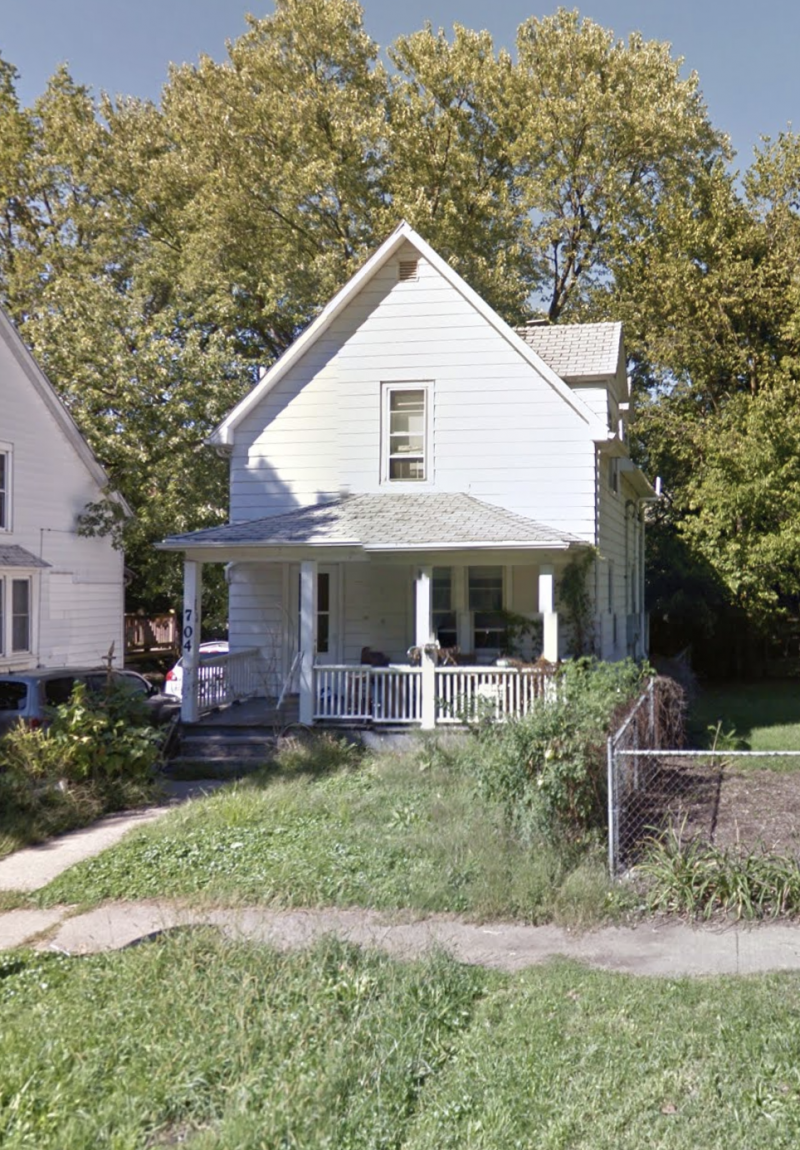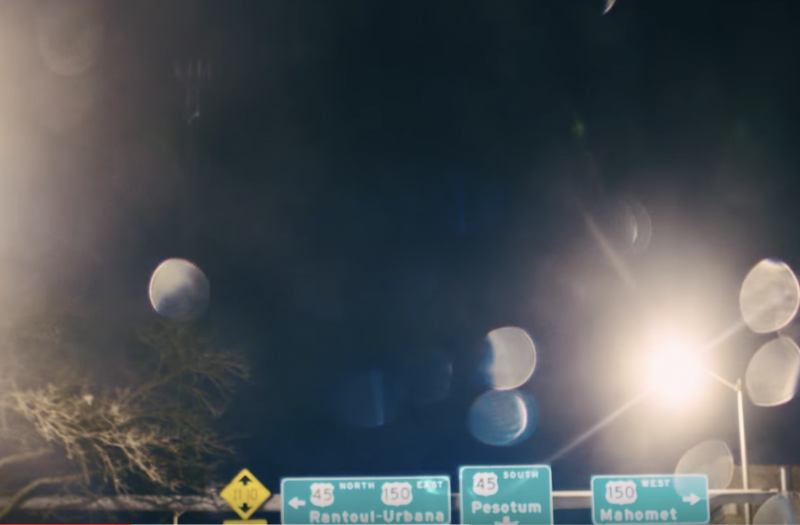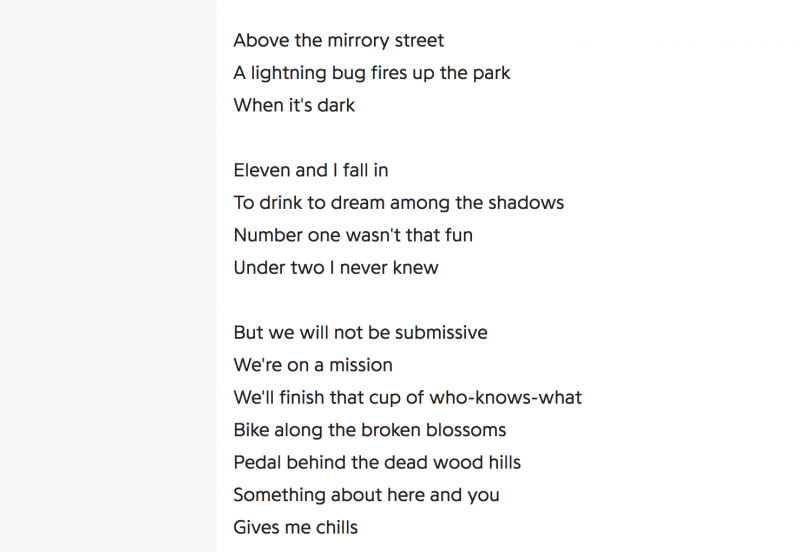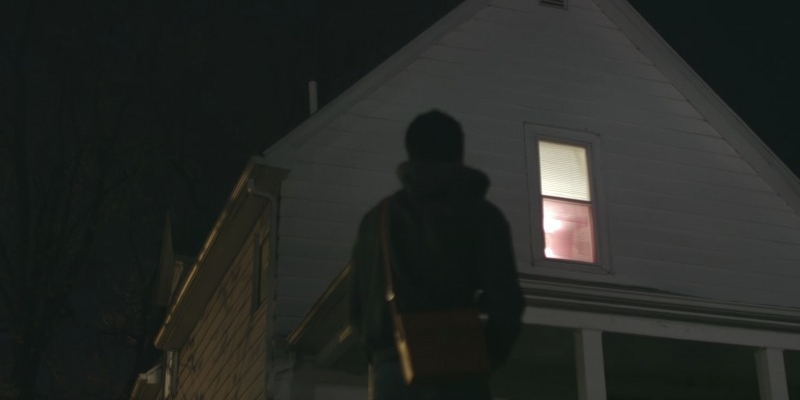The twin cities of C-U are home to influential musical acts such as REO Speedwagon and Hum, and Champaign is even the birthplace of hip-hop legend Ludacris. On top of that, Polyvinyl Records and Parasol have played a role in expanding C-U’s sphere of musical influence in the indie rock scene, funneling a large variety of music through Eastern Illinois. Chambana also boasts a relatively high number of music venues per capita, ranging from the techno-centric Canopy Club to the unassuming Iron Post jazz club. However, emo music might be the single largest, most overlooked cultural export of C-U. The Urbana-based emo band American Football is one of the more recent groups to bring musical acclaim to Champaign-Urbana.

Want proof? Look no further than the American Football house at 704 W. High Street in West Urbana. A photograph of this modest home was most famously used for American Football’s 1999 self-titled album cover, its interior for their 2014 album. This unsuspecting, two-story white house occupied year-after-year by transient University students has become a de facto tourist site. You can’t buy any t-shirts or pins there, you probably shouldn’t even knock since it’s a private residence, but when someone poses for a picture on the front lawn, American Football fandom is mutually understood. This rather unkempt house is, in some ways, more famous than Urbana’s architectural behemoths like the Illini Union, Joseph Royer’s ornate Urbana High School, or picturesque Carle Park. I’m no expert, but I am pretty sure nobody has ever gotten a tattoo of the Champaign County Courthouse clock tower.

Champaign-Urbana cityscape is easily discernable in the “Never Meant” video
Fifteen years after American Football released their first album, they released their first music video. “Never Meant” showcased American Football’s unwavering dedication to Champaign-Urbana, centering the video around their famous 704 W. High. The video also shows scenes of Neil Street in Champaign and a brief glimpse of AM-KO grocery in the background as twinkly guitar riffs mask lyrics of a dying love.
Soon after this video was released, American Football released their second (also self-titled?) album after a hiatus of about 15 years. The video for the new single “My Instincts Are The Enemy” was partially shot in Toluca, which is not near Chambana, but showcases the rustic charm of rural Illinois towns and the tangible small town atmosphere also found Philo or St. Joe.
Another C-U band, Braid, also returned from a decade-long hiatus in the 2010s. Though they aren’t as “quintessentially Chambana” as American Football, the song “Urbana’s Too Dark” appears on Braid’s most acclaimed album Frame and Canvas (1998). Whether or not Urbana is “too dark,” the influence of emo music in the twin cities clearly resonates.
But what makes Urbana-Champaign such an important enclave of emo music?
Well, a lot of it can be traced back to the University of Illinois. The university draws from a large pool of talent, and rentable homes are widely available and oftentimes affordable. Josh Johnson, a 2017 graduate of UI and avid member of Urbana’s concert scene describes the scene as “accessible,” because of the micropolitan size of the cities he remarks that “it’s very easy to find out about concerts and share information.” Of course, this is not just the emo music scene, and it’s not just near campus. “[The scene] does not lack in diversity,” Johnson added, noting that a diverse scene in a small community is a rarity. “It’s just as easy to see a show at a neighborhood venue as it is to see someone at Canopy Club.” The duality of informal house shows and more formal live acts makes the twin cities both a nurturing place for musical artists to develop and a pedestal for established artists to exhibit their talents.
That being said, the university alone did not make C-U a musical hub. Polyvinyl Records was started out of a high school. Many bands were not formed solely of Illinois students. The richness and vastness of the talent pool makes C-U music unique, not just on campus, but in the dingy bars and coffee shops and basements.

The opening lyrics to Braid’s “Urbana’s Too Dark”
Credit: Genius








